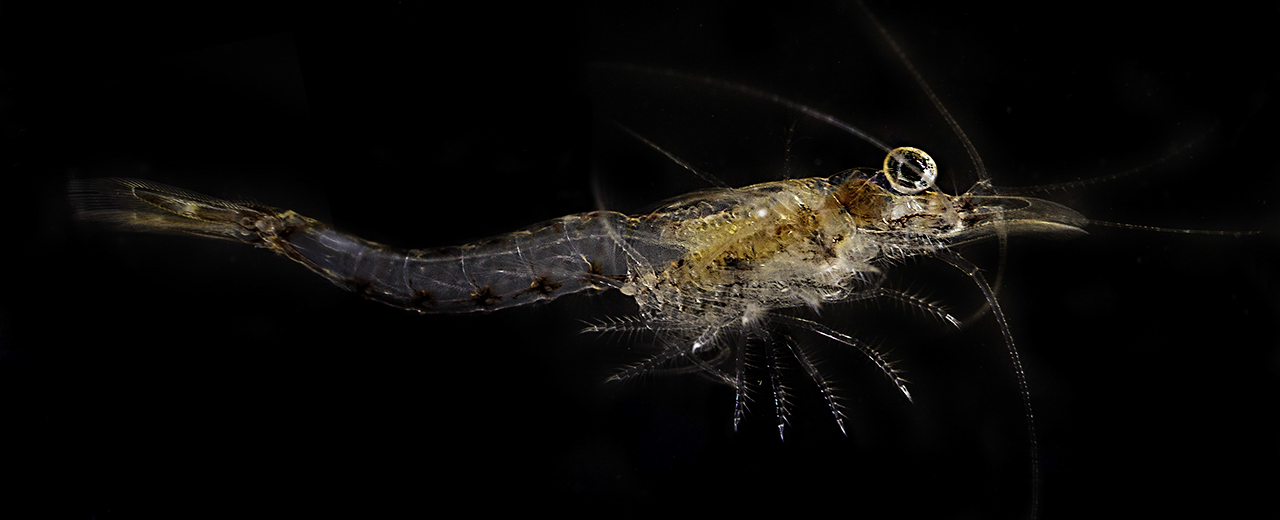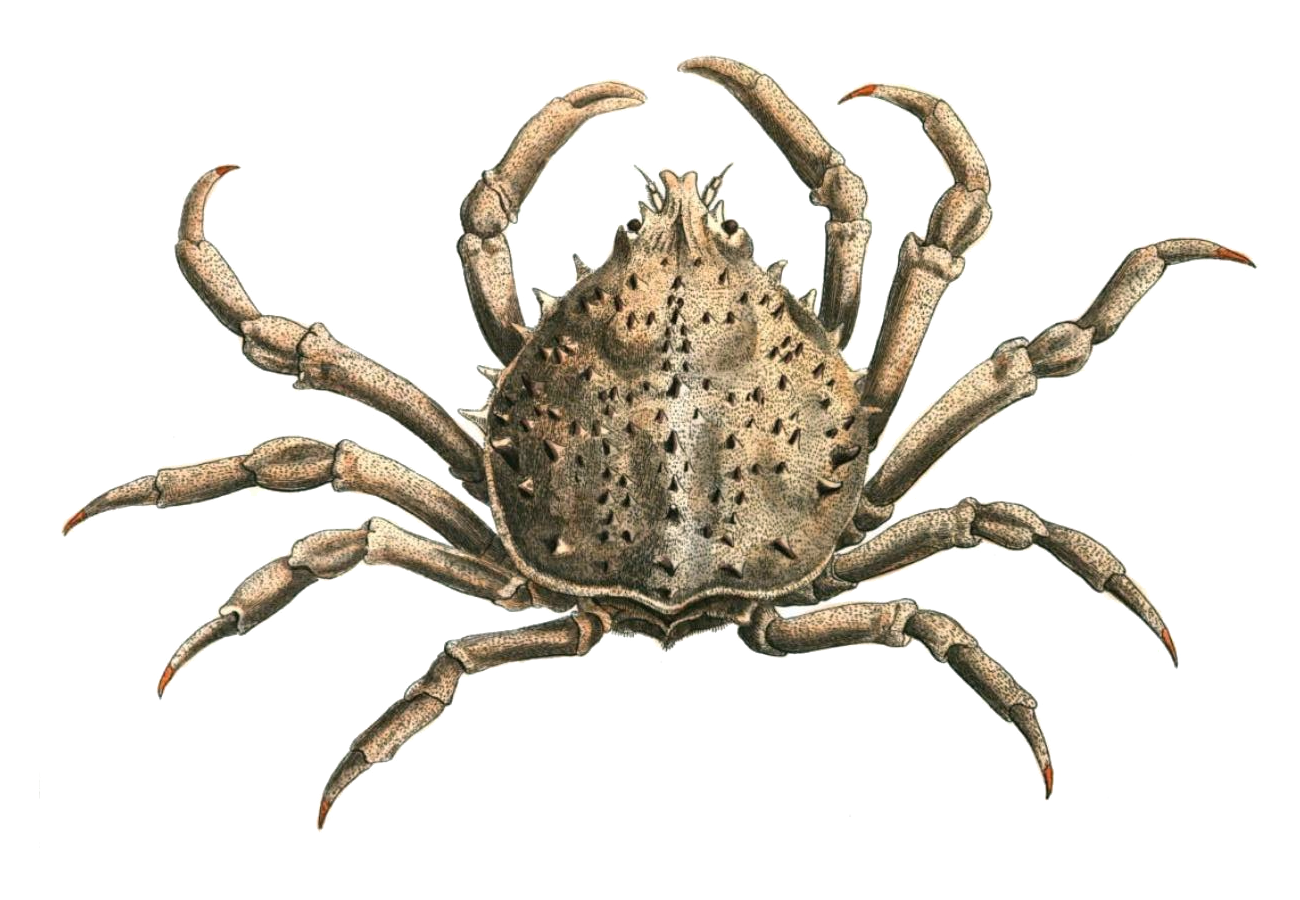|
Praunus
''Praunus'' is a genus of mysid shrimp, comprising three species: *'' Praunus flexuosus'' (Müller, 1776) *'' Praunus inermis'' (Rathke, 1843) *'' Praunus neglectus'' (G. O. Sars, 1869) When originally named in 1814 by William Elford Leach, the genus contained ''P. flexuosus'' (the type species In zoological nomenclature, a type species (''species typica'') is the species name with which the name of a genus or subgenus is considered to be permanently taxonomically associated, i.e., the species that contains the biological type specimen ...), and a second species, "''P. integer''", which is now known as '' Neomysis integer''. References Mysida {{malacostraca-stub ... [...More Info...] [...Related Items...] OR: [Wikipedia] [Google] [Baidu] |
Praunus Flexuosus
''Praunus flexuosus'', known as the chameleon shrimp, is a species of opossum shrimp found in European waters. It reaches long, with a distinctly bent body, and closely resembles '' Praunus neglectus''. It lives in shallow water and tolerates a wide range of salinities. It is found from northern France to the Baltic Sea, and was introduced to North America in the mid 20th century. Description ''Praunus flexuosus'' is a long, slender animal, with a pronounced bend in the abdomen. It reaches sexual maturity at a length of around , but can go on to attain a length of . Its colouration is highly variable, ranging from brown or red to green, which accounts for its common name of "chamaeleon shrimp". ''Praunus flexuosus'' is very similar to the related species '' P. neglectus''. The two can be differentiated by the following characters: Taxonomy ''Praunus flexuosus'' was the first mysidacean species ever to be formally described, when Otto Friedrich Müller described it under t ... [...More Info...] [...Related Items...] OR: [Wikipedia] [Google] [Baidu] |
Praunus Inermis
''Praunus'' is a genus of mysid shrimp, comprising three species: *''Praunus flexuosus'' (Müller, 1776) *'' Praunus inermis'' (Rathke, 1843) *'' Praunus neglectus'' (G. O. Sars, 1869) When originally named in 1814 by William Elford Leach, the genus contained ''P. flexuosus'' (the type species In zoological nomenclature, a type species (''species typica'') is the species name with which the name of a genus or subgenus is considered to be permanently taxonomically associated, i.e., the species that contains the biological type specimen ...), and a second species, "''P. integer''", which is now known as '' Neomysis integer''. References Mysida {{malacostraca-stub ... [...More Info...] [...Related Items...] OR: [Wikipedia] [Google] [Baidu] |
Praunus Neglectus
''Praunus'' is a genus of mysid shrimp, comprising three species: *''Praunus flexuosus'' (Müller, 1776) *''Praunus inermis'' (Rathke, 1843) *'' Praunus neglectus'' (G. O. Sars, 1869) When originally named in 1814 by William Elford Leach, the genus contained ''P. flexuosus'' (the type species In zoological nomenclature, a type species (''species typica'') is the species name with which the name of a genus or subgenus is considered to be permanently taxonomically associated, i.e., the species that contains the biological type specimen ...), and a second species, "''P. integer''", which is now known as '' Neomysis integer''. References Mysida {{malacostraca-stub ... [...More Info...] [...Related Items...] OR: [Wikipedia] [Google] [Baidu] |
Mysidae
Mysidae is the largest family (biology), family of crustaceans in the order (biology), order Mysida, with over 1000 species in around 170 genera. Characteristics Members of the family Mysidae are distinguished from other mysids by the fact that the first pereopod (walking leg) has a well-developed exopod (outer branch), the carpopropodus of the endopod (inner branch) of the 3rd to 8th pereopods is divided into sub-segments and there are statocysts on the endopod of the uropods (posterior appendages). Female petalophthalmidans have two or three oostegites (flexible bristly flaps) forming the base of the Brood pouch (Peracarida), marsupium or brood pouch under the thorax, apart from the subfamily Boreomysinae, which has seven pairs of oostegites. Subfamilies and genera The following subfamilies and genera are recognised: ;Boreomysinae Holt & Tattersall, 1905 *''Neobirsteiniamysis'' Hendrickx et Tchindonova, 2020 *''Boreomysis'' G. O. Sars, 1869 ;Erythropinae Hansen, 1910 *''Aberom ... [...More Info...] [...Related Items...] OR: [Wikipedia] [Google] [Baidu] |
Neomysis Integer
''Neomysis integer'' is a species of opossum shrimp found in shallow marine bays and estuaries of Europe, with a transparent greenish or brownish body and a large cephalothorax. It is found in very shallow water in both high and low-salinity habitats. It is a filter feeder and the female broods her eggs in a brood pouch beneath her cephalothorax. Description ''Neomysis integer'' is a slender opossum shrimp growing to a maximum length of about . The head has a pair of large, stalked eyes and two pairs of antennae, both of which are biramous (branched into two parts). The exopod (the outermost branch) of the second antenna forms an elongated scale with bristles round its edges and extends forward into a sharp point. The thorax has eight segments each bearing a pair of biramous limbs, the outer branches of which have a feathery appearance. The head and first six segments of the thorax are covered by a protective carapace which extends forward in a triangular plate with a depressed ... [...More Info...] [...Related Items...] OR: [Wikipedia] [Google] [Baidu] |
Animal
Animals are multicellular, eukaryotic organisms in the Kingdom (biology), biological kingdom Animalia. With few exceptions, animals Heterotroph, consume organic material, Cellular respiration#Aerobic respiration, breathe oxygen, are Motility, able to move, can Sexual reproduction, reproduce sexually, and go through an ontogenetic stage in which their body consists of a hollow sphere of Cell (biology), cells, the blastula, during Embryogenesis, embryonic development. Over 1.5 million Extant taxon, living animal species have been Species description, described—of which around 1 million are Insecta, insects—but it has been estimated there are over 7 million animal species in total. Animals range in length from to . They have Ecology, complex interactions with each other and their environments, forming intricate food webs. The scientific study of animals is known as zoology. Most living animal species are in Bilateria, a clade whose members have a Symmetry in biology#Bilate ... [...More Info...] [...Related Items...] OR: [Wikipedia] [Google] [Baidu] |
Arthropod
Arthropods (, (gen. ποδός)) are invertebrate animals with an exoskeleton, a Segmentation (biology), segmented body, and paired jointed appendages. Arthropods form the phylum Arthropoda. They are distinguished by their jointed limbs and Arthropod cuticle, cuticle made of chitin, often Mineralization (biology), mineralised with calcium carbonate. The arthropod body plan consists of segments, each with a pair of appendages. Arthropods are bilaterally symmetrical and their body possesses an exoskeleton, external skeleton. In order to keep growing, they must go through stages of moulting, a process by which they shed their exoskeleton to reveal a new one. Some species have wings. They are an extremely diverse group, with up to 10 million species. The haemocoel, an arthropod's internal cavity, through which its haemolymph – analogue of blood – circulates, accommodates its interior Organ (anatomy), organs; it has an open circulatory system. Like their exteriors, the internal or ... [...More Info...] [...Related Items...] OR: [Wikipedia] [Google] [Baidu] |
Crustacean
Crustaceans (Crustacea, ) form a large, diverse arthropod taxon which includes such animals as decapods, seed shrimp, branchiopods, fish lice, krill, remipedes, isopods, barnacles, copepods, amphipods and mantis shrimp. The crustacean group can be treated as a subphylum under the clade Mandibulata. It is now well accepted that the hexapods emerged deep in the Crustacean group, with the completed group referred to as Pancrustacea. Some crustaceans (Remipedia, Cephalocarida, Branchiopoda) are more closely related to insects and the other hexapods than they are to certain other crustaceans. The 67,000 described species range in size from '' Stygotantulus stocki'' at , to the Japanese spider crab with a leg span of up to and a mass of . Like other arthropods, crustaceans have an exoskeleton, which they moult to grow. They are distinguished from other groups of arthropods, such as insects, myriapods and chelicerates, by the possession of biramous (two-parted) limbs, and by th ... [...More Info...] [...Related Items...] OR: [Wikipedia] [Google] [Baidu] |
Malacostraca
Malacostraca (from New Latin; ) is the largest of the six classes of crustaceans, containing about 40,000 living species, divided among 16 orders. Its members, the malacostracans, display a great diversity of body forms and include crabs, lobsters, crayfish, shrimp, krill, prawns, woodlice, amphipods, mantis shrimp, tongue-eating lice and many other less familiar animals. They are abundant in all marine environments and have colonised freshwater and terrestrial habitats. They are segmented animals, united by a common body plan comprising 20 body segments (rarely 21), and divided into a head, thorax, and abdomen. Etymology The name Malacostraca was coined by a French zoologist Pierre André Latreille in 1802. He was curator of the arthropod collection at the National Museum of Natural History in Paris. The name comes from the Greek roots (', meaning "soft") and (', meaning "shell"). The name is misleading, since the shell is soft only immediately after moulting, and is u ... [...More Info...] [...Related Items...] OR: [Wikipedia] [Google] [Baidu] |
Mysida
Mysida is an order (biology), order of small, shrimp-like crustaceans in the malacostracan superorder Peracarida. Their common name opossum shrimps stems from the presence of a Brood pouch (Peracarida), brood pouch or "marsupium" in females. The fact that the Crustacean larvae, larvae are reared in this pouch and are not Motility, free-swimming characterises the order. The mysid's head bears a pair of stalked eyes and two pairs of antennae. The thorax consists of eight segments each bearing branching limbs, the whole concealed beneath a protective carapace and the abdomen has six segments and usually further small limbs. Mysids are found throughout the world in both shallow and deep marine waters where they can be Benthos, benthic or pelagic, but they are also important in some fresh water and brackish water, brackish ecosystems. Many benthic species make Diel vertical migration, daily vertical migrations into higher parts of the water column. Mysids are filter feeders, omnivores ... [...More Info...] [...Related Items...] OR: [Wikipedia] [Google] [Baidu] |
William Elford Leach
William Elford Leach Royal Society, FRS (2 February 1791 – 25 August 1836) was an English zoologist and marine biologist. Life and work Elford Leach was born at Hoe Gate, Plymouth, the son of an attorney. At the age of twelve he began a medical apprenticeship at the Royal Devon and Exeter Hospital, Devonshire and Exeter Hospital, studying anatomy and chemistry. By this time he was already collecting marine animals from Plymouth Sound and along the Devon coast. At seventeen he began studying medicine at St Bartholomew's Hospital in London, finishing his training at the University of Edinburgh before graduating Doctor of Medicine, MD from the University of St Andrews (where he had never studied). From 1813 Leach concentrated on his zoological interests and was employed as an 'Assistant Librarian' (what would later be called Assistant Keeper) in the Natural History Museum, London, Natural History Department of the British Museum, where he had responsibility for the zoological ... [...More Info...] [...Related Items...] OR: [Wikipedia] [Google] [Baidu] |
Genus
Genus ( plural genera ) is a taxonomic rank used in the biological classification of extant taxon, living and fossil organisms as well as Virus classification#ICTV classification, viruses. In the hierarchy of biological classification, genus comes above species and below family (taxonomy), family. In binomial nomenclature, the genus name forms the first part of the binomial species name for each species within the genus. :E.g. ''Panthera leo'' (lion) and ''Panthera onca'' (jaguar) are two species within the genus ''Panthera''. ''Panthera'' is a genus within the family Felidae. The composition of a genus is determined by taxonomy (biology), taxonomists. The standards for genus classification are not strictly codified, so different authorities often produce different classifications for genera. There are some general practices used, however, including the idea that a newly defined genus should fulfill these three criteria to be descriptively useful: # monophyly – all descendants ... [...More Info...] [...Related Items...] OR: [Wikipedia] [Google] [Baidu] |






